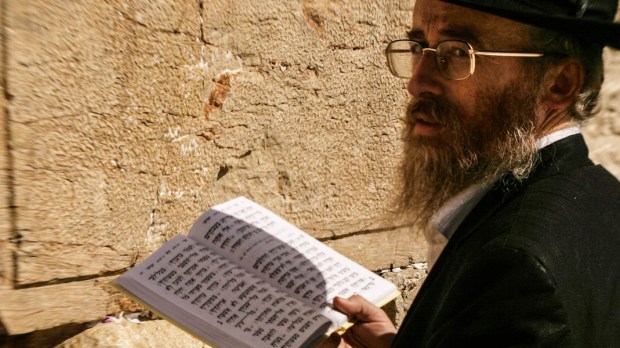While many of the Psalms are attributed to “David” or others, scholars have long-considered it more accurate to identify these names as dedications. But then, if the Psalms were not written by David, that means the timeframes for when they were written can become problematic.
Historian Mitchell First attempts to solve this problem in his article, “Can Archaeology Help Date the Psalms?,” which appeared in the July/August 2012 issue of Biblical Archaeology Review. In his piece, he compared the Book of Psalms with Ancient Hebrew abecedaries (an alphabetic inscription with no additional text). By comparing two ancient abecedaries First demonstrated how an alphabet can evolve and change over time. This evolution allows archaeologists to date other inscriptions, by matching the style to an abecedary.
The majority of the Psalms were written as acrostics, with each verse beginning with successive letters of the alphabet. Yet in the Psalms, the letter order of the acrostic pattern is not consistent. Some might regard this as an error, but First believes that this is evidence of the development of the Hebrew alphabet.
In the Hebrew alphabet, for instance, ayin comes before pe, but back in the 12th to 10th centuries BC, in the ancient Izbet Sartah and Tel Zayit abecedaries, these letters are reversed. First believes that by following the acrostics of the Psalms, we can tell which books were written by these ancient standards and which ones came later.
Biblical Archaeology has a passage from his article:
The likely original pe/ayin order in chapter 34 makes us suspect that the three other acrostics in the first book (= the same collection) might also have been composed with the pe/ayin order. Although this cannot yet be proven, there are strong arguments to support this. For example, in the acrostic that spans chapters 9 and 10, it is fairly clear that our text is corrupt, since the acrostic only includes 15 of the 22 letters. But many scholars believe that the words פיחו/pe (verse 10:7, second word) and עיניו/ayin (verse 10:8, third to last word) were once the first words of pe and ayin verses in the pe/ayin order in the original text. It is very likely that, during earliest Israelite times, the Hebrew alphabetic order was exclusively pe/ayin, and that this was the order through the end of the First Temple period (c. 1000–586 B.C.E.). Moreover, the Book of Lamentations, which probably dates very shortly thereafter, also follows the pe/ayin order in its acrostics.

